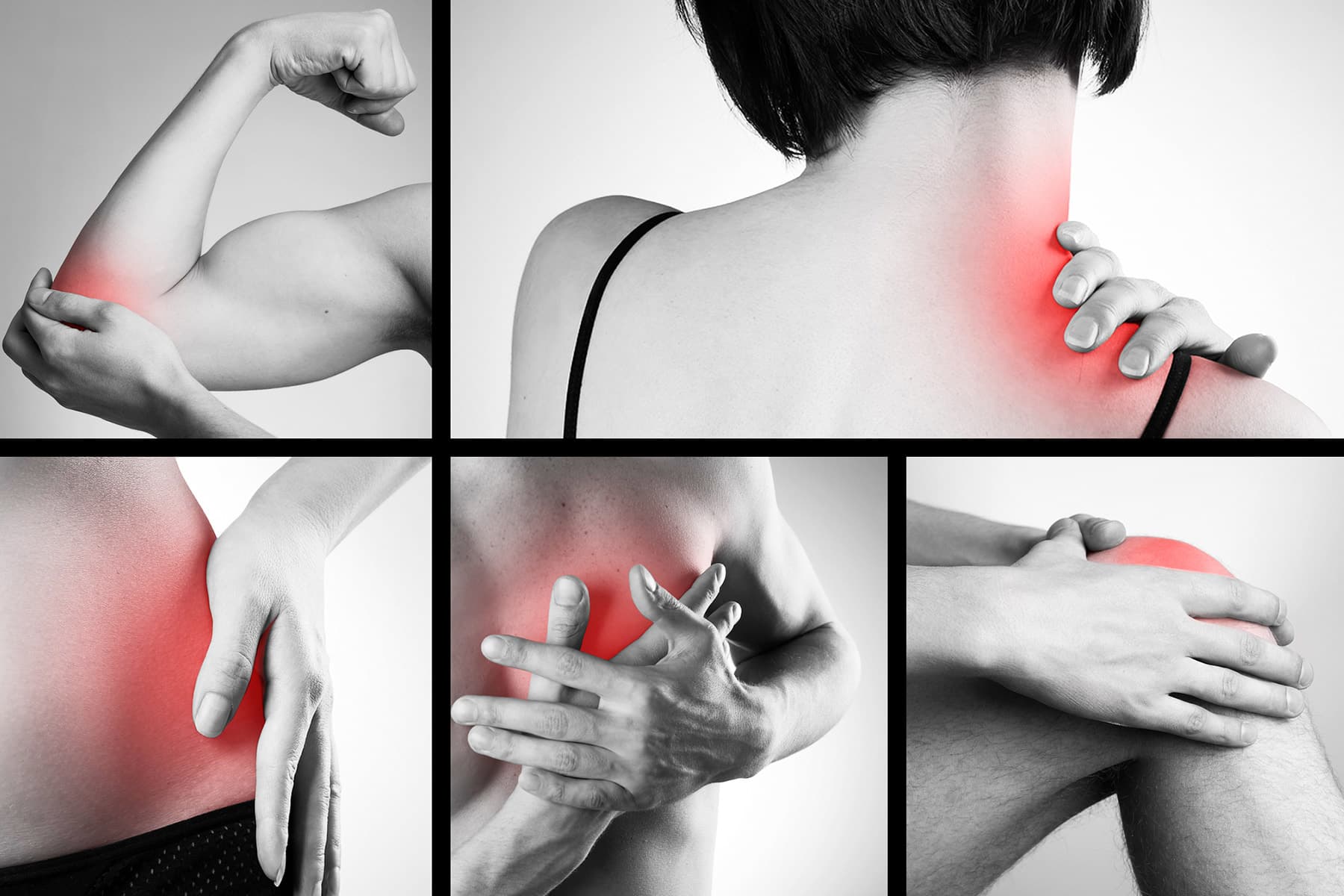
Muscle pain is a common complaint. Almost everyone experiences it. It can range from mild to severe. Often, it’s harmless and temporary. Sometimes, it signals something serious. Knowing the difference is important. This guide explores the nuances.
Often, It’s Harmless and Temporary
Most muscle pain is benign. Overuse is a frequent cause. A new exercise routine can trigger it. Lifting heavy objects might cause soreness. Minor injuries are also culprits. These pains usually resolve quickly. Rest and gentle stretching help. Warm compresses can offer relief.
Sudden Onset and Location
Consider when the pain started. Was it after an activity? Did it appear suddenly? Pinpoint the exact location. Is it localized to one muscle? Or does it spread widely? Sharp, sudden pain might indicate a strain. A dull, aching sensation can be overuse.
Is the Pain Constant or Intermittent?
How often does the pain occur? Does it come and go? Or is it always present? Constant pain can be concerning. Intermittent pain might suggest movement-related issues. Understanding the pattern helps assessment. Keep a pain journal for a few days.
Associated Symptoms to Note
Muscle pain rarely travels alone. Other symptoms often accompany it. Swelling around the affected area is common. Redness or warmth might be present. Bruising can indicate an injury. Fever might signal infection. Weakness in the limb is a red flag. Numbness or tingling needs attention.
When to Seek Medical Advice
Persistent pain warrants a visit. If pain lasts more than a few days, consult a doctor. Severe pain needs immediate attention. If accompanied by high fever, get help. Loss of function is a serious sign. Numbness or tingling also requires evaluation. Always err on the side of caution.
Understanding Muscle Strains
A muscle strain is a common injury. It happens when fibers stretch too much. Sometimes, they even tear. This causes sharp pain. Swelling and bruising often follow. Rest, ice, compression, elevation (RICE) helps. Physical therapy might be needed for severe cases.
Fibromyalgia: A Different Kind of Pain
Fibromyalgia involves widespread pain. It affects muscles and soft tissues. Fatigue is a prominent symptom. Sleep disturbances are common. Cognitive issues can arise. The pain is chronic and diffuse. Tenderness in specific spots is typical. Diagnosis is often challenging.
Nerve Compression and Muscle Pain
Nerves run through muscles. They can get pinched or compressed. This causes radiating pain. Numbness and tingling are common. Weakness in the limb may occur. Sciatica is a classic example. Disc issues in the spine can cause this. Medical imaging often helps diagnose.
Infections Causing Muscle Aches
Certain infections cause muscle pain. The flu is a prime example. Lyme disease can also cause widespread aches. Viral infections are frequent culprits. Bacterial infections are less common. If pain accompanies fever, consider infection. A doctor can run tests.
Medication Side Effects
Some medicines cause muscle pain. Statins are a well-known example. Certain blood pressure drugs can too. Review your medication list. Discuss any new pain with your doctor. They might adjust your dosage. Or they could suggest an alternative.
Chronic Fatigue Syndrome
This condition involves extreme fatigue. Muscle pain is a core symptom. It doesn’t improve with rest. Other symptoms include sleep problems. Cognitive difficulties are also present. It’s a complex, long-term illness. Diagnosis is challenging due to symptom overlap.
Peripheral Artery Disease
Poor circulation can cause pain. Arteries narrow, reducing blood flow. This often affects leg muscles. Pain worsens with activity. It improves with rest. This is called claudication. It’s a serious vascular condition. Medical evaluation is crucial.
Electrolyte Imbalances
Muscles need electrolytes to function. Sodium, potassium, magnesium are key. Imbalances can cause cramps. They might also lead to weakness. Dehydration is a common cause. Certain medications can affect levels. A blood test can reveal imbalances.
Autoimmune Conditions
Several autoimmune diseases cause pain. Lupus can affect muscles and joints. Polymyalgia rheumatica causes stiffness. Dermatomyositis causes muscle weakness. These conditions involve immune system errors. They attack the body’s own tissues. Diagnosis often requires specialized tests.
Tumors and Cancers
Rarely, muscle pain signals tumors. Cancers can spread to bones or muscles. This causes localized, persistent pain. Bone tumors are very rare. Soft tissue sarcomas are also uncommon. If pain doesn’t resolve, further investigation is needed.
Repetitive Strain Injuries
Repeated movements cause these. Tendons and muscles become inflamed. Carpal tunnel syndrome is an example. Tennis elbow is another. Pain worsens with activity. Rest and physical therapy help. Ergonomic adjustments are often recommended.
Seeking a Medical Opinion
Do not ignore persistent pain. Your doctor can help determine the cause. They will ask about your symptoms. A physical exam will be done. Blood tests or imaging might be ordered. Early diagnosis can prevent complications. Your health is worth prioritizing.
Distinguishing common muscle aches from serious conditions requires careful symptom assessment and timely medical consultation for proper diagnosis.
